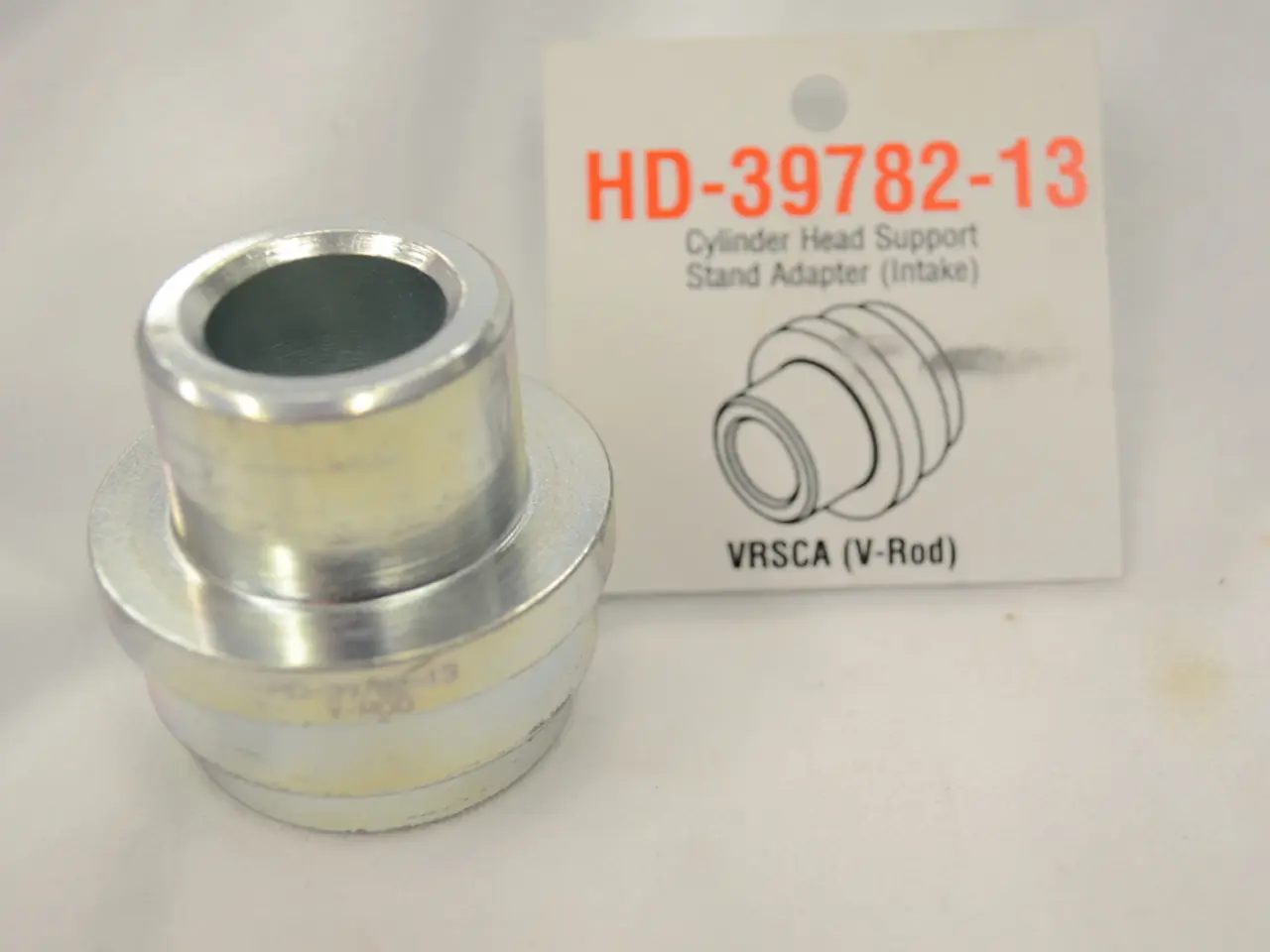HD Owners Ponder Engineer's Analysis on GM's Faulty Valve Bodies: Is a New Fix Sufficient?
In a recent turn of events, General Motors (GM) has announced a new repair strategy for the valve body issues plaguing its 10-speed transmissions in heavy-duty trucks, but not everyone is convinced.
Valentin, an independent transmission engineer, remains skeptical about the updated repair procedure, stating that it does not address the root cause of the problem. He argues that the upgraded hardware may only slow down the valve body wear in a truck that is not yet exhibiting any symptoms.
This skepticism stems from the fact that GM has recalled virtually all of its 10-speed transmissions, citing valve body issues. However, it's important to note that despite sharing a fundamental blueprint, Ford's transmissions do not exhibit the same issue. In fact, Ford's version of the gearbox has been problematic, with 2024-2025 F-150s even being recalled for bad valve bodies.
The erosion of the feed limit valve bore is particularly dangerous because it can lead to the valve becoming unable to move, causing the vehicle to enter a limp mode at highway speeds. This can be potentially hazardous, as when the valve sticks closed, it forces oil pressure to the opposite end of the circuit, where it encounters a default solenoid, potentially causing the vehicle to go into a failsafe condition at unsafe speeds.
GM's initial repair procedure for the 10-speed transmission issue was a band-aid fix that preemptively disabled shifts into higher gears when the early signs of valve bore erosion were detected. This "repair" remedy associated with the recall is a stopgap measure that puts the truck into limp mode when a failure occurs, preventing the lock-up, but still leaving customers with a compromised pickup.
Heavy-duty truck owners with diesel engines were not included in the initial repair procedure. GM has, however, announced that the availability of replacement parts for heavy-duty diesel engine pickups is improving.
Valentin suggests that corporate bureaucracy is responsible for the quality control issues with GM's transmissions, as there is a demand to get items out with unreasonable timelines, leading to products entering the market in their proof of concept state. He also believes that GM is intentionally delaying fixes to get customers out of warranty, thus turning a design flaw into an asset rather than a liability.
Despite the ongoing issues with the 10-speed transmission, many owners are willing to take the risk to get back in their trucks, especially since the repair is often covered under warranty or as part of a recall campaign.
On a positive note, GM has announced a new set of replacement parts and a new repair procedure for the 10-speed Allison transmission in its heavy-duty trucks. The company anticipates that this new strategy will help improve availability of valve bodies and ease the backlog of owners waiting on transmission fixes.
However, Valentin, who is known for his expertise in this area, questions whether this new strategy is a sustainable solution, as it may not address the mechanical root of the problem. He claims to have more knowledge about the valve body issue than anyone at General Motors or Ford does. Despite extensive searches, an independent transmission engineer who fixes the transmission issues for the founder of NextGen Drivetrain and whose transmission upgrades come with a lifetime warranty is not found in the provided search results.
In conclusion, while GM's new repair strategy offers some relief for owners of heavy-duty trucks with 10-speed transmissions, the skepticism raised by Valentin and the ongoing issues with the transmission highlight the complexity of this problem and the need for a more comprehensive solution.
Read also:
- Fructose Market Forecasted to Exceed $8.1 Billion by 2034
- Aston Martin could potentially fit the Valkyrie race car with a straight pipe exhaust system.
- Latest Edition of Bus-News Magazine Arrives for 2023!
- Testing the Camp Mode of the 2025 Tesla Model Y with Juniper's interior housing two kids, shockingly low CO2 levels were discovered.








